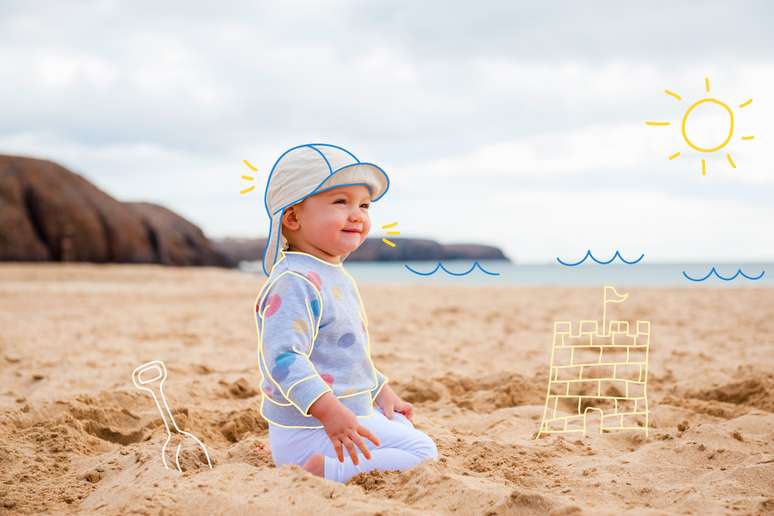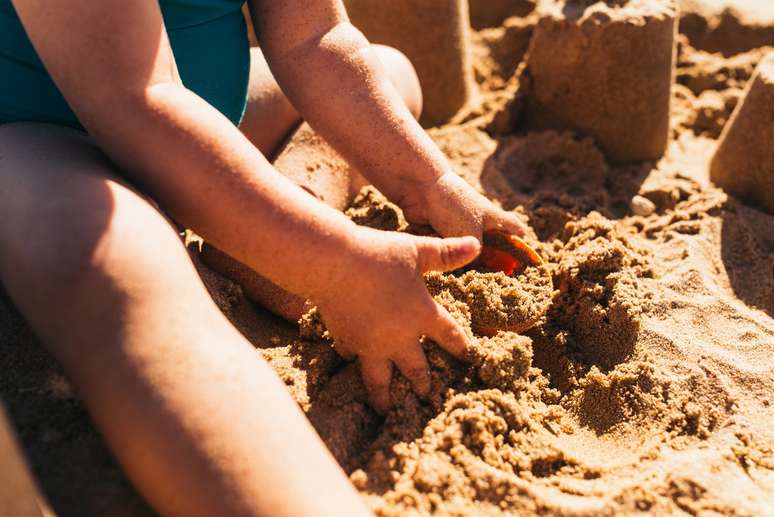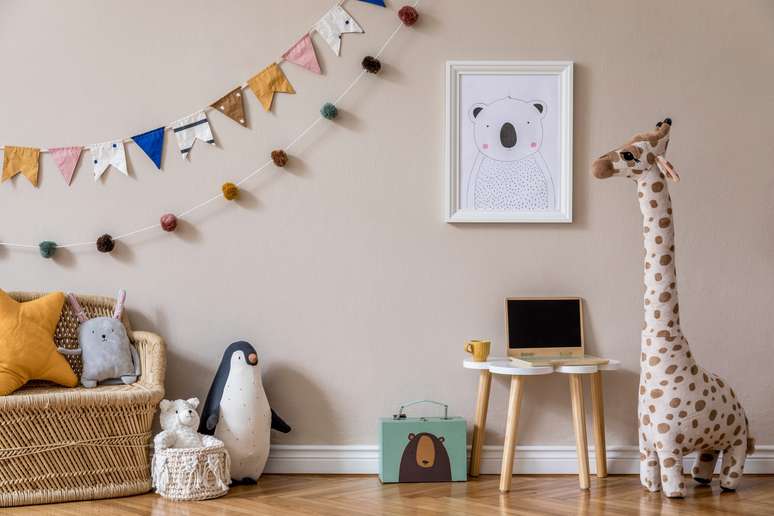Games on the beach or on playgrounds are usually successful, but you need to pay attention to some points. Consult doctors’ recommendations on the matter
Playing in the sand it can be a lot of fun for the child. But, whether on the beach or on the playground, Care must be taken to ensure the safety of the little ones. After all, it’s much more fun to have fun without worries, right? Check out expert advice below.
First of all it is good to underline this contact with sand is not recommended for children of any age. This was stated by Elisabeth Fernandes, pediatrician of the Brazilian Society of Pediatrics (SBP). Ideally, it should only occur after 6 months of life. “Before that, the baby’s skin is very sensitive to allergies and is more prone to diseases,” she explains.
Skin care in the sand
Even after 6 months, sand still requires attention from parents and caregivers. The pediatrician indicates it avoid the child sitting directly on the particles (bet on a towel or sarong) or play bury yourself in it. “This facilitates the onset of diseases, such as foot bugs, foot bugs and even toxoplasmosis,” he says.
Greater attention must be paid in cases of skin allergy. “Skin in contact with sand, and especially when combined with sweat, can cause rashes on the body, itching and irritation, with red and dry areas,” says the doctor. “The humidity , together with sand, it contributes to the appearance of mycosis, such as candidiasis in the diaper area, contact dermatitis, among others”, he adds.
And if sometimes the sand is too hot for us, imagine it for children’s feet! The expert reiterates it” contact with sand is very important as a sensory stimulusbut parents need to be careful, like the temperature may be too hot and cause burns.” For these reasons it is best to try walking on the sand with flip-flops. It is also advisable to the little one’s body is washed after playing and the clothes are also changed with dry and clean clothes.

The child has ingested sand. And now?
Children tend to put everything in their mouths and may find small objects in the sand, such as hats, ice cream sticks and straws. ” Is very important an adult supervises the game to avoid ingesting sand, of these small objects, or to prevent sand from entering your eyes, mouth and ears”, explains Elisabeth Fernandes.
In fact, if ingestion occurs, the specialist advises offer mineral water and observe. “The ingestion of sand contaminated by urine and animal feces (dogs, cats, doves), for example, can cause diarrhea and vomiting in some situations,” he recalls.
Sand in the eyes
It is very common for some sand to get into your eyes while playing.. Therefore, Claudia Faria, ophthalmologist at the Albert Einstein Hospital, provides some recommendations. “Getting sand, dust or other small natural particles in your eyes It’s usually not an emergency“, he states.
The doctor points out that our body tends to eliminate this foreign element with tears and blinking. “Let your eyes try to take care of the particles naturally before you do anything else“, he suggests. The best thing, in this circumstance, is Do not allow the child to rub the area. Instead, ask her to blink several times and let the tears wash away the particle. “Clean your eyelashes and use lubricating eye drops, saline solution or running water to wash your eyes,” says the specialist.
“However, see a doctor or take your child to the emergency room as soon as possible if you can’t get the particles out of your eyes or if the sensation of a foreign body persists,” he warns.
Source: Terra
Ben Stock is a lifestyle journalist and author at Gossipify. He writes about topics such as health, wellness, travel, food and home decor. He provides practical advice and inspiration to improve well-being, keeps readers up to date with latest lifestyle news and trends, known for his engaging writing style, in-depth analysis and unique perspectives.




-1k25lxygpfiat.jpg)



